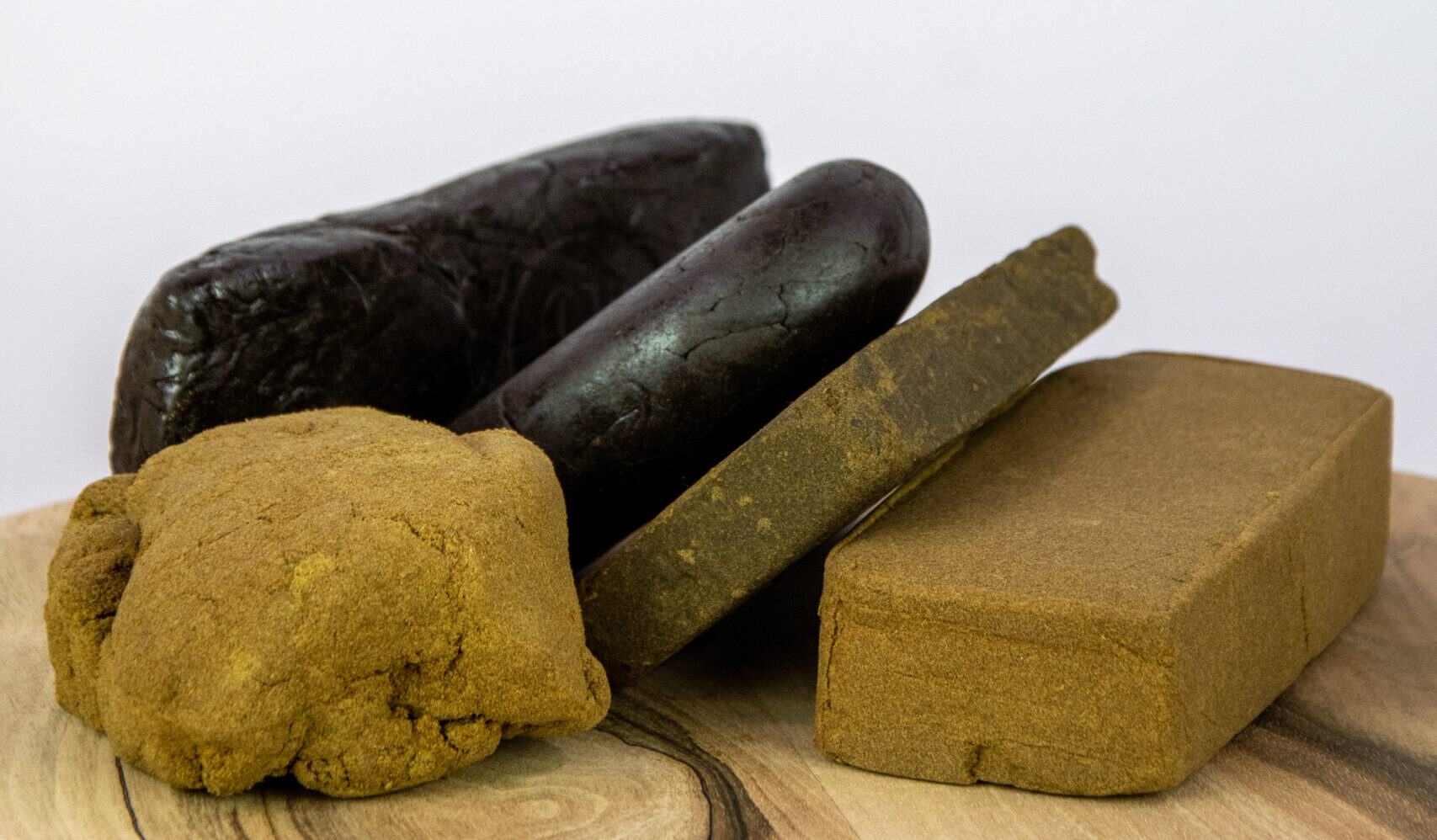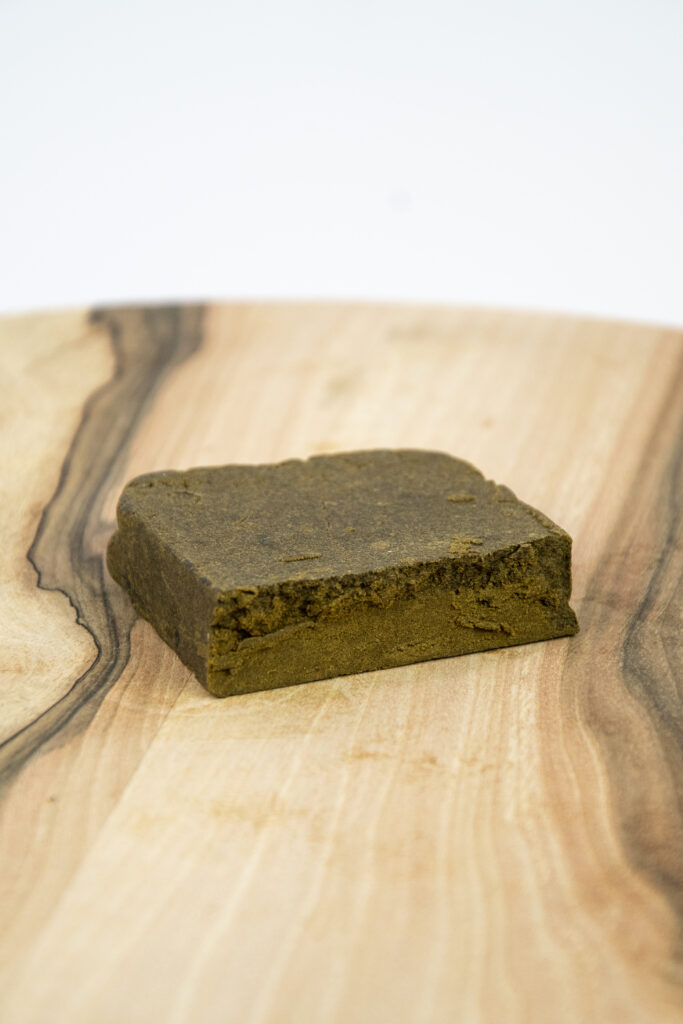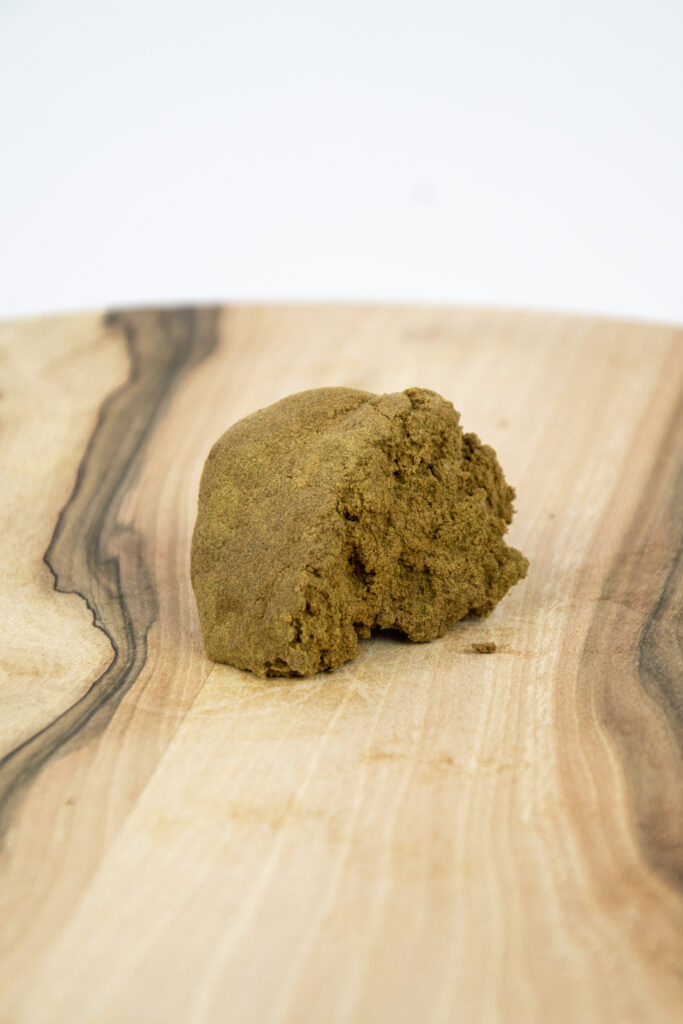
Herba di Berna now offers five outstanding varieties of CBD hash. But what is it anyway?
Hashish or hash is a concentration of resin trichomes from cannabis flowers. It has been part of human culture for centuries and is used by many people as a medicine, recreational drug and spiritual tool. The long and varied history of hash has led to the fact that today there are quite a few different types of hash and similar products that are consumed in a wide variety of ways.
Hash history

The use of hash (also called hashish) goes back hundreds or even thousands of years. In China, where cannabis has been used for at least 2000 years, hash has long been a common form of use. India and the Arab region also have a long history of using cannabis resin. For example, many of the best-known varieties come from India (Charas), Afghanistan (Black Afghan) and the Rif Mountains in Morocco. Even today, most hash is exported from these countries.
The distribution of hashish took place in early times along the Silk Road. Later, the Crusades led to an increasing awareness of cannabis and hash in Europe. From there it eventually made its way to America and into the hippie culture of the 1960s.
Today, despite the stigmatization and repression of the last century, hash is experiencing a resurgence. Like many other cannabis products, earlier skepticism is giving way to great interest in the positive effects, whether as a stimulant or for medicinal use.
Hash production

Hashish is obtained from the sticky resin glands of the female hemp plant. These resin glands, also known as trichomes, contain most of the cannabinoids and terpenes of the hemp plant. As a result, hash smells very strong and shows its effect even when consumed in small quantities.
There are several methods for making hash, all of which aim to separate and concentrate the trichomes from the flowers. One of the oldest methods is hand rubbing, where the flowers are rubbed between the hands to loosen and collect the resin. Another method is to use sieves or pollinators that separate the resin from the flowers by sifting them through fine mesh. Such methods – with enough free time – can also be used at home.
Another method, widely used especially in large-scale production, is extraction with solvents such as butane or CO2, in which the resin is dissolved from the flowers and concentrated.
Legal CBD hash
CBD hash was illegal in Switzerland for a long time, even if it contained less than 1% THC. This confusing unequal treatment did not end until 01 August 2022. Since then – after an intervention of IG Hemp – CBD cannabis resin is a legal product like all other CBD products.
We went to work after this change and took our time to seek out the best hash. We are happy to now offer CBD hash in our store and store. With five different varieties, everyone will find something to their taste:
Ketama

Ketama : The ancient recipe from the namesake small Moroccan town of Ketama yields a slightly fruity sweet note that we could also achieve with our legal CBD hash. In the Rif Mountains region, hash is produced by sieving dried plant material and pressing the trichomes thus obtained.
Moroc Cream

Marok Cream : Our “Marok Cream” hash is also made from sieved and pressed plant material. The creamy hash is reminiscent of incense and sandalwood.
Charas

Charas: The black color is typical for hash from India, Nepal and Afghanistan. The resin is not obtained by sieving, but by rubbing from the living plant. The abrasion, which is green at the beginning, only turns black after long kneading.
Organic outdoor pollen

Organic Outdoor Pollen:
The ancient, traditional form of manufacturing pollen originated in the Indian subcontinent. In pollinators, drums similar to a washing machine, the frozen plant material is spun. Thus, the trichomes are rubbed off the remaining parts of the plant and collected.
The organic hash from our partner Aare Hemp has a wonderful spicy and natural aroma, typical for outdoor varieties.
Kief Organic Indoor Pollen

Kief Bio Indoor Pollen: Indoor pollen is also obtained by mechanical abrasion in a drum. However, pressing was deliberately omitted from the kief, resulting in a soft and airy consistency. Thus, it can be processed very well. The aroma of sweet berries, rounded off with a spicy citrus note, is typical of the Cannatonic variety used for indoor Kief.
How is cannabis resin used?
The hashish is consumed in different forms. Traditionally, a bong, a clay pipe, is often used. Also widespread is the method of forming hashish into a thin snake or crumbling it up and twisting it – usually mixed with tobacco – into a joint. With the proliferation of vaporizers, smokeless vaporizing is also becoming more common.
In the kitchen, cannabis resin can be used for various things. Probably the most famous example of hash in food is “space cookies.”
To keep your hash as long as possible, you should store it in a cool, dry and if possible light-protected place. This prevents the active ingredients and fragrances from volatilizing.
More on the subject of hashish:
– Make charas yourself: royalqueenseeds.com
– An overview of the different hash varieties in the world: druglibrary.org.




